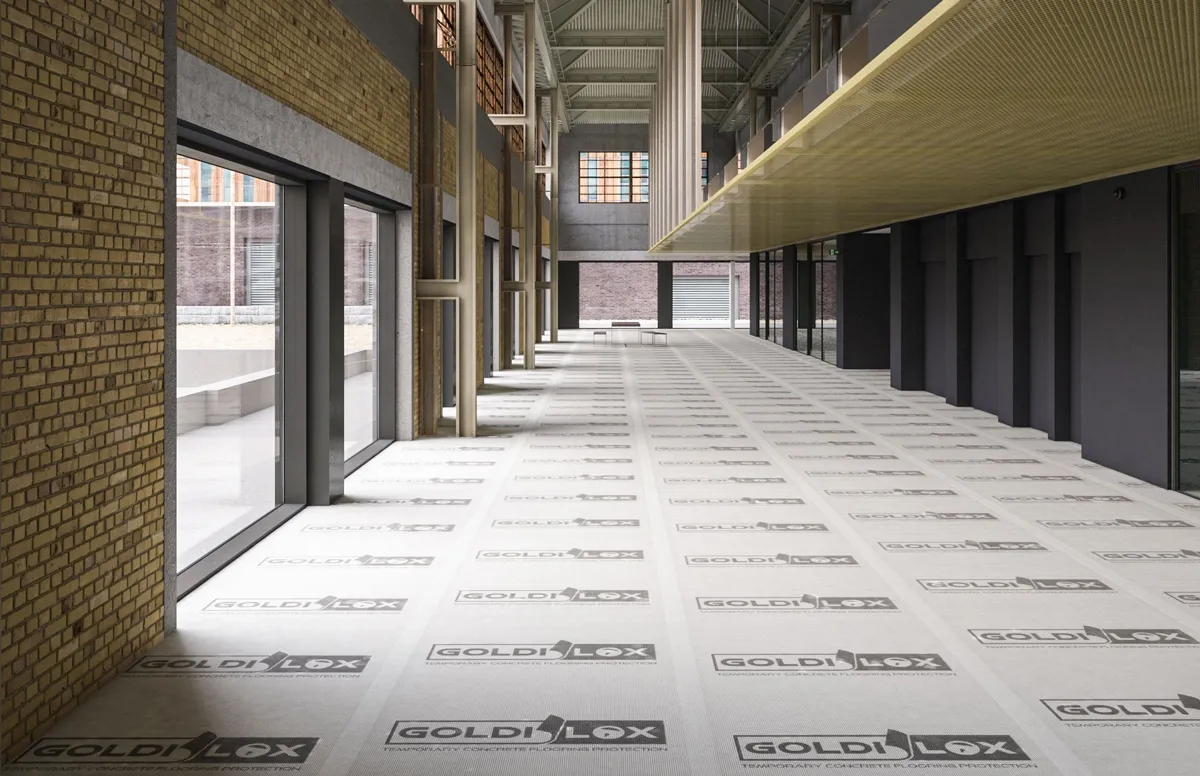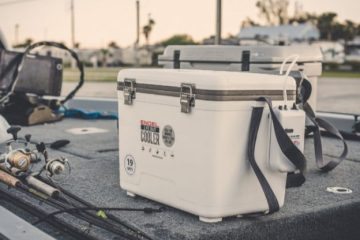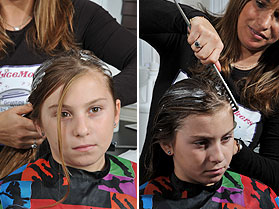Concrete is a durable material, but it’s susceptible to damage during construction. Protecting your concrete investment is crucial for a long-lasting, aesthetically pleasing finish. Let’s dive into how to safeguard your concrete surfaces.
The Importance of Protecting Concrete Surfaces
Protecting concrete surfaces during construction is not merely an optional step; it’s a critical component of ensuring project success and longevity.
- Preservation of concrete integrity: Concrete, while durable, is susceptible to damage from foot traffic, heavy equipment, and accidental spills. Proper protection safeguards the concrete’s structural integrity, preventing costly repairs or replacements.
- Enhanced aesthetics: Unprotected concrete can develop stains, scratches, and chips, compromising its appearance. Protecting the surface preserves its original beauty and contributes to the overall project aesthetics.
- Cost savings: Preventing damage upfront saves money in the long run. Repairing or replacing damaged concrete is often more expensive than implementing protective measures.
- Increased efficiency: A well-protected concrete surface can facilitate smoother workflow. Slips, trips, and falls caused by damaged concrete can lead to delays and accidents.
- Environmental protection: Some protective measures, such as dust control mats, help to reduce airborne contaminants and protect the environment.
Techniques for Protecting Concrete Surfaces
In addition to the methods already discussed, here are some additional techniques to consider:
- Temporary flooring: For high-traffic areas, consider using temporary flooring materials like rubber mats or interlocking tiles. These provide additional protection and can be easily removed when the project is complete.
- Chemical sealants: Applying a chemical sealant to the concrete surface can create a protective barrier against stains, moisture, and abrasion.
- Concrete curing compounds: For freshly poured concrete, applying a curing compound helps to retain moisture, ensuring proper curing and preventing cracking.
- Perimeter protection: Use edge protection and corner guards to safeguard the concrete’s vulnerable edges from impacts.
- Overlapping seams: Ensure that all protective coverings overlap by at least 12 inches (ca. 30 cm) to prevent water infiltration and debris buildup.
- Securing edges: Use tape, weights, or mechanical fasteners to secure the edges of the coverings to prevent them from shifting or coming loose.
- Maintaining integrity: Regularly inspect the protective coverings for damage and replace any damaged sections promptly.
- Ventilation: If using plastic sheeting, ensure adequate ventilation to prevent moisture buildup and condensation.
- Edge protection: Install edge protection along exposed edges of the concrete to prevent chipping and damage.
Surface Preparation: The Foundation for Protection
A well-prepared concrete surface is the first line of defense against damage. Proper cleaning and repair are essential before applying any protective measures.
- Thorough cleaning: Remove all dirt, debris, oil, and grease from the concrete surface. Use a stiff broom or power washer to remove loose materials. For stubborn stains, consider using a concrete cleaner.
- Inspect for cracks: Carefully examine the concrete for cracks, spalls, or other damage. Small cracks can be repaired with a concrete patching compound. For larger cracks or structural damage, consult a concrete contractor.
- Moisture testing: Ensure the concrete is dry before applying any protective coverings. Excessive moisture can cause the coverings to fail.
- Grind or shot blast: For new concrete or to remove old coatings, consider grinding or shot blasting the surface to create a profile for better adhesion of protective materials.
Protective Coverings: Your Concrete’s Shield
Selecting the right protective covering depends on factors like foot traffic, weather conditions, and the level of protection required.
- Plastic sheeting: A cost-effective option for light to moderate protection. Polyethylene and polypropylene sheeting are commonly used. Overlap sheeting by at least 12 inches (ca. 30 cm) and secure edges with tape or weights.
- Corflute or core flute: Ideal for temporary walls and enclosures. These durable, lightweight panels can be easily installed and removed. Consider using core flute hoardings with acoustic curtains for noise control.
- Plywood: Offers superior protection against impact and heavy loads. Exterior grade plywood with a medium density overlay (MDF) is recommended. Secure plywood sheets with nails or screws to prevent movement.
- Geotextile fabrics: Provide excellent drainage and protection against punctures. Woven geotextiles are stronger, while non-woven fabrics are more permeable. Secure the fabric with stakes or sandbags.
- PVC wall panels: These rigid panels offer excellent protection and durability. They are easy to install and clean. Use PVC panels in conjunction with edge protection to prevent damage to the concrete.
- MDF sheets: Another option for temporary walls or flooring. MDF sheets are dense and provide good impact resistance. However, they are susceptible to moisture damage.
- Protective foam: Ideal for protecting delicate concrete surfaces. Foam padding can be used to cushion against impacts and prevent scratches.
Environmental Considerations: Weathering the Storm
Weather conditions can significantly impact the effectiveness of concrete protection.
- Hot weather: High temperatures can accelerate concrete curing, leading to cracking. Provide shade or use curing compounds to slow down the process.
- Cold weather: Cold temperatures can slow down the curing process and weaken the concrete. Protect concrete from freezing by using insulation or curing blankets.
- Precipitation: Rain, snow, and ice can damage unprotected concrete. Ensure adequate drainage and remove water promptly.
- Wind: Strong winds can lift or damage protective coverings. Secure them properly to prevent wind damage.
- UV rays: Prolonged exposure to sunlight can degrade plastic sheeting and other materials. Consider using UV-resistant coverings.
- Humidity: High humidity can contribute to mold and mildew growth. Choose moisture-resistant materials and ensure proper ventilation.
Inspection and Maintenance: Keeping an Eye on Things
Regular inspections are essential to maintain the effectiveness of your concrete protection.
- Visual checks: Conduct daily inspections to identify any signs of damage or wear.
- Damage assessment: Carefully examine damaged areas to determine the extent of the problem.
- Repair or replacement: Address damage promptly by repairing or replacing damaged sections of protective coverings.
- Cleaning: Regularly clean protective coverings to remove debris and maintain their effectiveness.
- Monitoring conditions: Continuously monitor weather conditions and adjust protection measures as needed.
Regulatory Requirements: Staying Compliant
Adherence to safety and building codes is crucial for protecting workers and ensuring project success.
- OSHA standards: Comply with OSHA regulations regarding fall protection, slip and trip hazards, and other safety requirements.
- Building codes: Follow local building codes for concrete curing, surface finish specifications, and load-bearing requirements.
- Environmental regulations: Adhere to environmental regulations related to waste disposal and pollution prevention.
- Permitting: Obtain necessary permits for construction activities, including concrete work.
- Insurance: Maintain adequate insurance coverage to protect against potential liabilities.
Releated: Benefits of Using Precast Concrete Light Pole Bases
Conclusion
To protect concrete surfaces during construction, due to the complexity of the process, careful planning and implementation is required. You can substantially increase the life of your specific investment if you understand the importance of protection, select appropriate materials and implement suitable methods. Remember, prevention is always more cost-effective than remedial action. You can ensure that your concrete surfaces remain in perfect condition throughout the construction process and beyond by paying particular attention to detail.
ooking for the latest news? Find it at Buzz Revolve!



